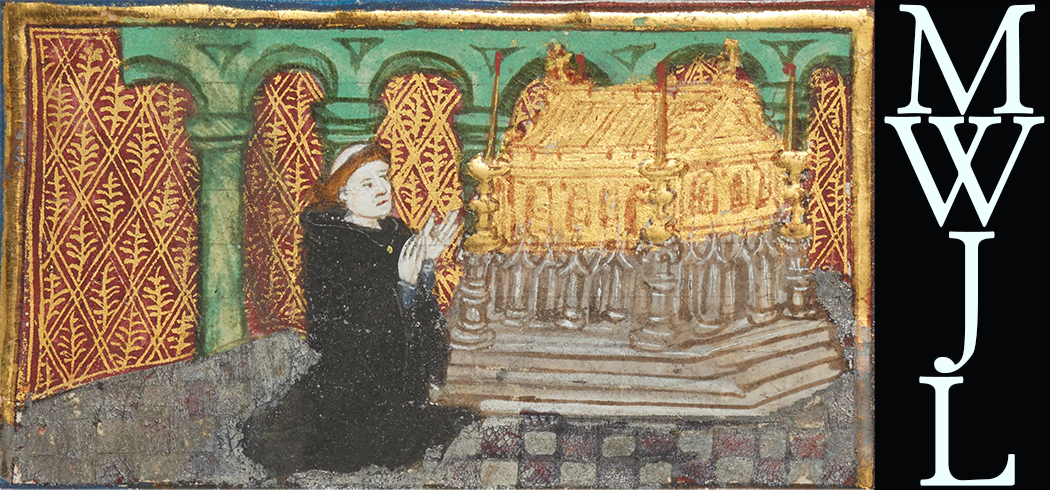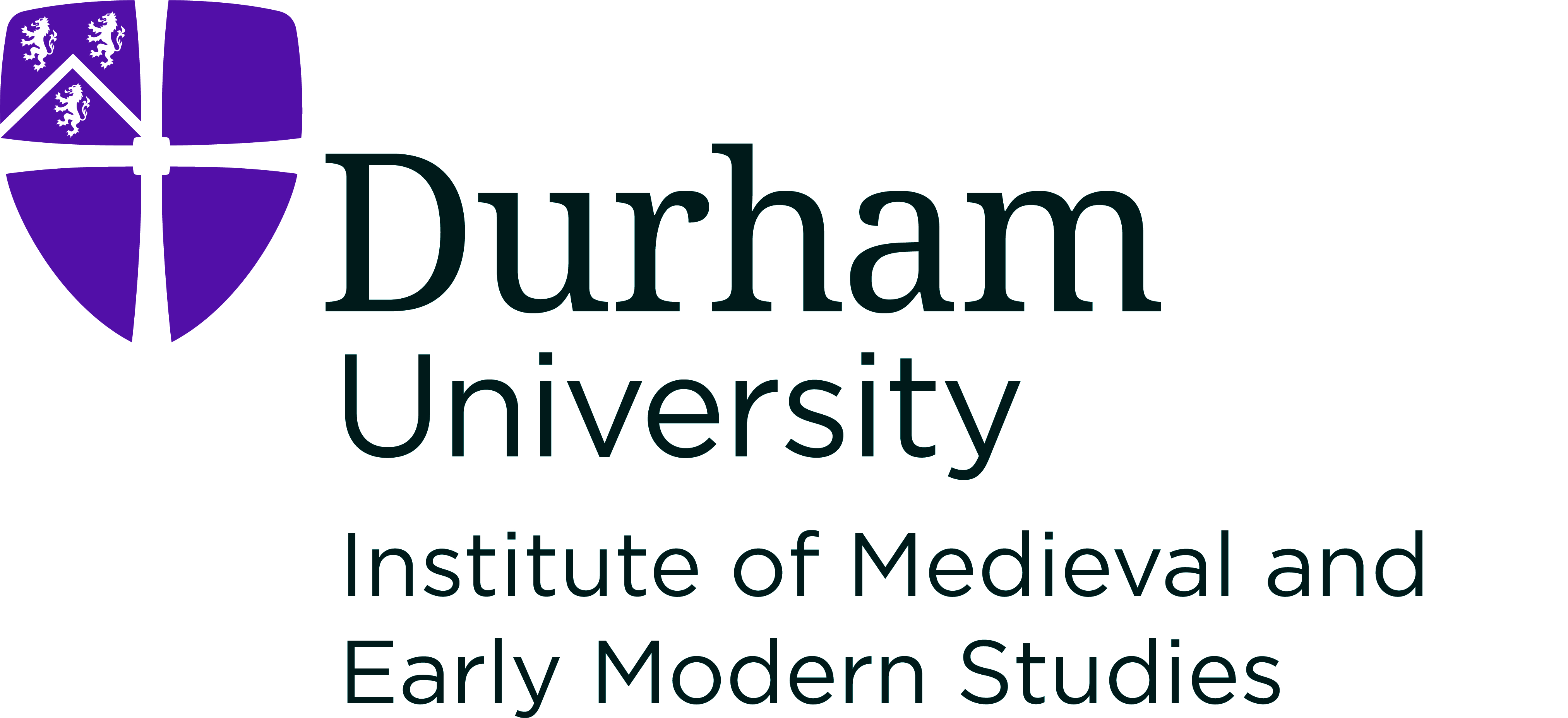 A Mumming for the Goldsmiths of London:
Trinity R.3.20 Verses
A Mumming for the Goldsmiths of London:
Trinity R.3.20 Verses
HomeAbout the ArchiveAbout John LydgateWorksManuscriptsAbout this ManuscriptEditorial ApparatusContactVisualization
Folio 87 Verso (Page 176)
Compare Witnesses: •
ɲ
A desgysing to þe mayre •ɲ
O yee levytes / whycħ bere þis
lordes arke •Dooþe youre devoyre / witħ hevenly armonye •
Þe gret mysterye / deuoutely for to marke •
Witħ laude and prys / þe lord to magnefye •
Of oon acorde sheweþe / your
melodye •
Syngeþe for Ioye / þat þe Arke is sent •
Nowe to þe Mayre / witħ hoole and truwe
entent •
Notes
-
A stroke through the descenders of both p's serves as the suspension mark here. See also line seven of verse four below, where it occurs after the second p. No other p's in the witness have a similar strikethrough, so they have not been rendered here. ↩
-
There's a stroke underneath the g that is likely meant to be a strikethrough of the "l" glyphs of the line following based on the use elsewhere in the manuscript. ↩




